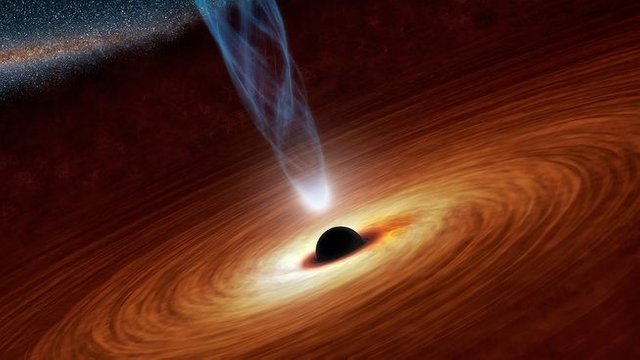Top 7 Unsolved Mystery of Universe.
- How life Start on Earth.
Scientists do not know how life began on Earth, but they do know that the early Earth’s atmosphere was very different from the atmosphere now.
In 1952, Stanley Miller was working with Harold C. Urey designed an experiment to see how complex organic molecules might have formed under the conditions of early Earth. They believed the early Earth atmosphere would have been composed of methane, ammonia, hydrogen and water vapor. They sealed these gases in an airtight container, and then exposed the gases to sparks of electricity to simulate lightning. They continued the lightning for a week, and by the end, a reddish-brown substance had coated the walls of the container. This substance contained 11 of the 20 amino acids used by life on earth. Since Miller and Urey performed this experiment, its results have been confirmed many times by other scientists. Many scientists now believe that the early Earth’s atmosphere was composed of carbon dioxide, nitrogen and water vapor.

Are we alone in the universe?
his question is as old as humankind itself. For millennia, people have turned their eyes to the stars and wondered if there are others like themselves out there. Does life, be it similar to our own or not, exist elsewhere in our Solar System? Our Galaxy? Until 1992, when the first exoplanet was confirmed, it was uncertain whether there were even any planets outside those in our own Solar System. Today we know of over 3850 planets around other stars and thousands of planet candidates. Do any of these planets have conditions that would support life? What conditions favor the formation of terrestrial-class planets in developing planetary systems? NASA can help address these questions by developing missions designed to find and characterize extrasolar planetary systems.
Before we can determine if there are other planetary systems capable of supporting life, we must first find them. NASA Science pursues this goal by supporting a focused suite of ground-based observations through the Kepler mission, a now retired space-based observatory which studied the prevalence (how many there are per star) of extrasolar planets, and through the operation of TESS (Transiting Exoplanet Survey Satellite) which is performing an all-sky survey to discover transiting exoplanet ranging from Earth-sized to gas giants.
watching the Video for more info:
Hi! I am a robot. I just upvoted you! I found similar content that readers might be interested in:
https://science.nasa.gov/astrophysics/big-questions/what-are-characteristics-planetary-systems-orbiting-other-stars-and-do-they-harbor-life/
Downvoting a post can decrease pending rewards and make it less visible. Common reasons:
Submit
Congratulations @sanjays0571! You have completed the following achievement on the Steem blockchain and have been rewarded with new badge(s) :
You can view your badges on your Steem Board and compare to others on the Steem Ranking
If you no longer want to receive notifications, reply to this comment with the word
STOPDo not miss the last post from @steemitboard:
Vote for @Steemitboard as a witness to get one more award and increased upvotes!
Downvoting a post can decrease pending rewards and make it less visible. Common reasons:
Submit